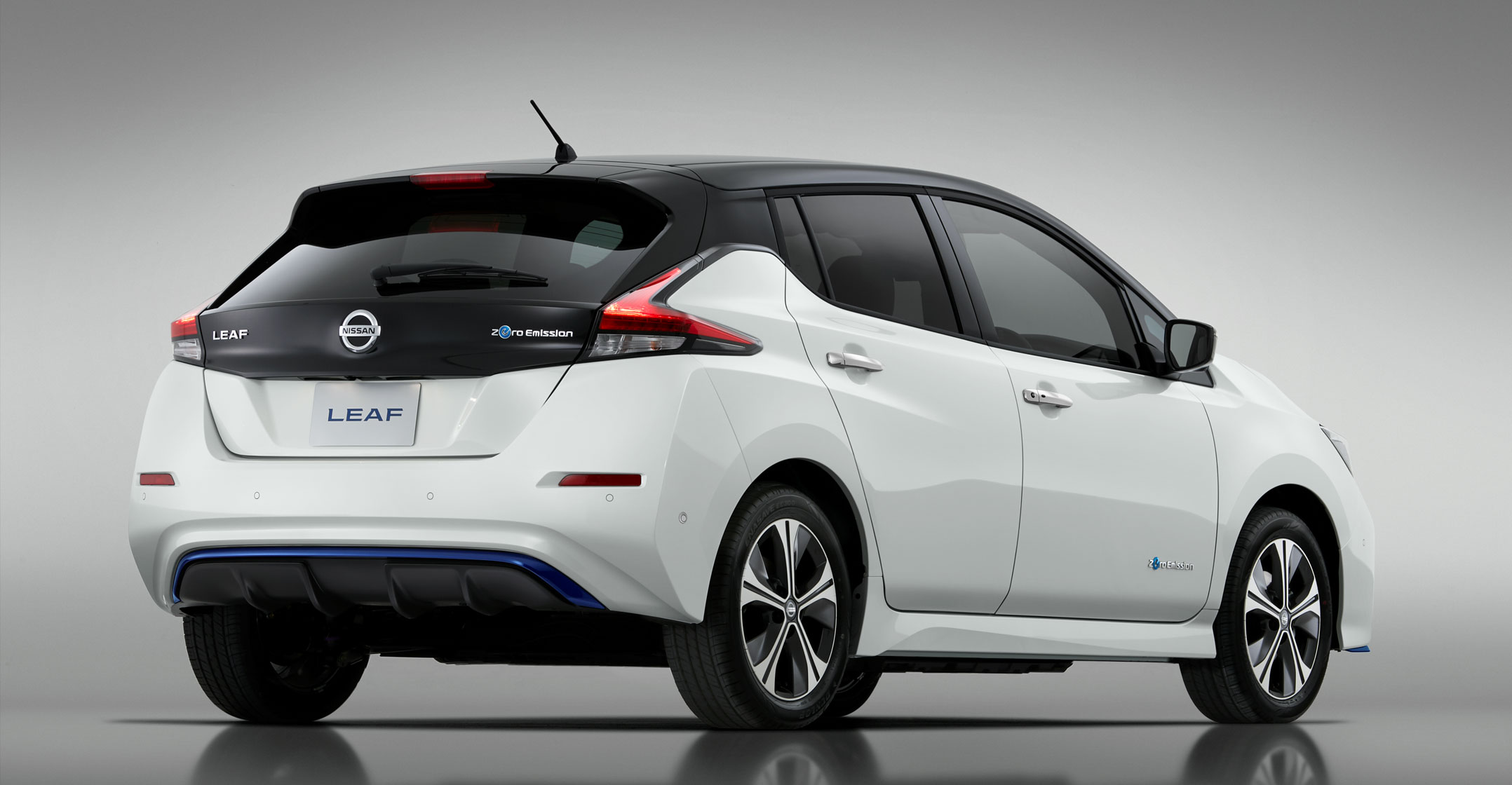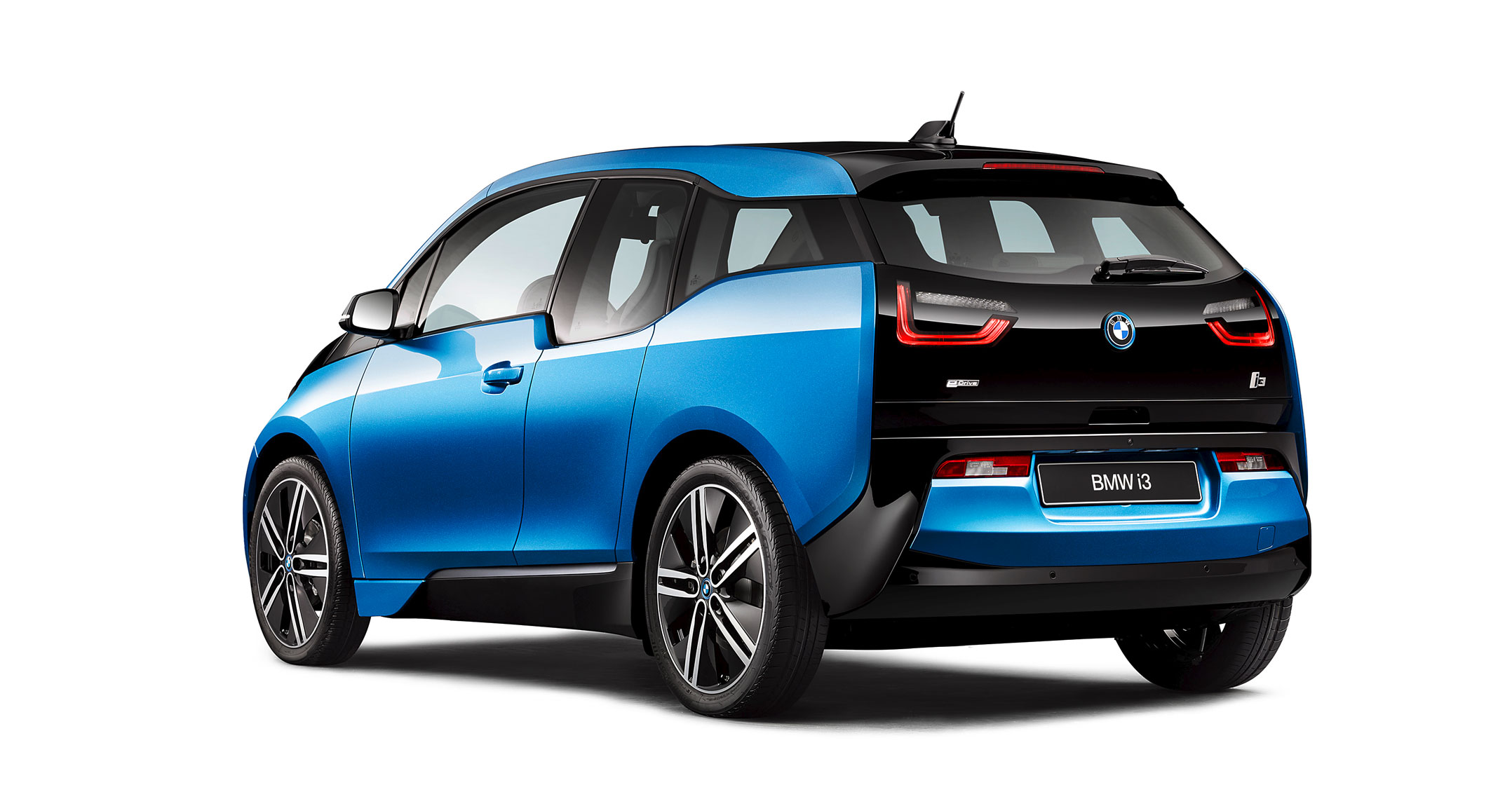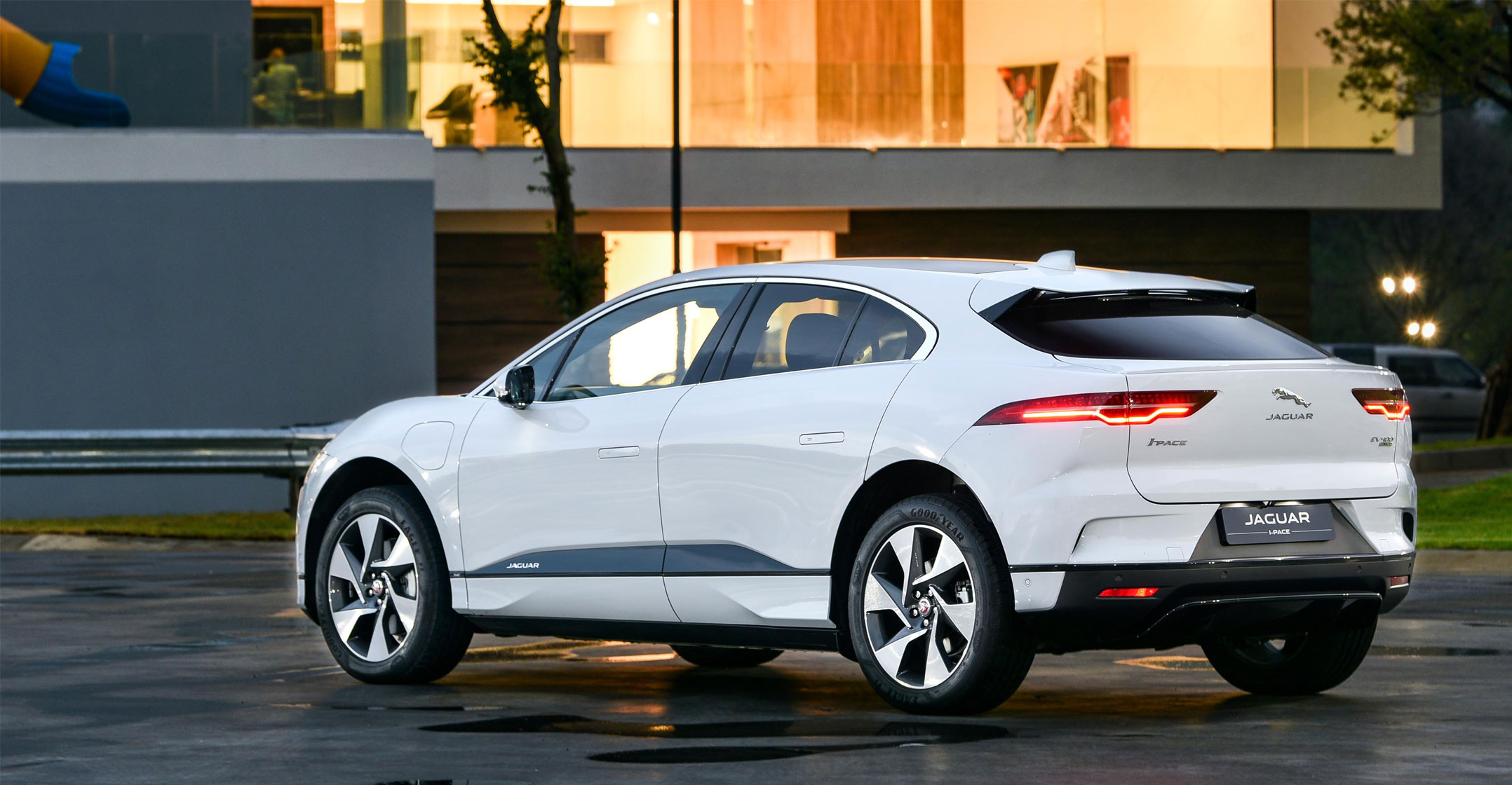 Despite being unable to guarantee a stable and consistent supply of electricity, Eskom says it remains committed to its role in unlocking the potential of the electric vehicle (EV) market in South Africa.
Despite being unable to guarantee a stable and consistent supply of electricity, Eskom says it remains committed to its role in unlocking the potential of the electric vehicle (EV) market in South Africa.
The power utility released a statement last week saying that it is working with major players in this regard, and that the hurdles slowing the roll-out of EVs in South Africa are actually:
- Price — EVs attract 45% in import taxes and duties;
- Long-distance range anxiety; and
- Access to charging facilities.
Eskom said it is “excited” about the progress of EV technology and wants to position itself strategically to participate in the rapid global uptake of electric vehicles. It added that consumers “need not worry” about its ability to supply the necessary electricity, because even a massive growth in EVs will not have a “major impact on overall demand during any normal day”.
However, given its current financial position, Eskom does not have access to capital funding to roll out charging infrastructure on a large scale. It is instead considering a “strategic points” roll-out. And with the constrained coal supply situation, it should perhaps not come as a surprise that the utility’s EV infrastructure will be built using solar photovoltaics and small-scale storage.
Eskom wants to link the charging stations to the grid so they can discharge energy into the national power system during peak periods, and plans to “stimulate” electricity use (from the grid) during off-peak periods.
When it comes to concerns about charging EVs in the current power supply environment, Eskom said: “We don’t believe this challenge is insurmountable as load shedding is generally planned to be between two and four hours at a time, leaving sufficient time to charge.”
Eskom has been battling to keep the lights on but the power utility’s executives and public enterprises minister Pravin Gordhan have promised to keep supply constant for the next nine months. They say they will only implement stage-one load shedding under extreme circumstances. The lack of maintenance and cost overruns at some of South Africa’s ageing power plants, alongside poor planning, led to the most recent load-shedding crisis.
More EVs, says Eskom
The power supplier sees the value of keeping up with the global uptake of EVs. According to its statement, EVs and hybrid EVs will account for an estimated 30% of all vehicle sales by 2025. The UK has already announced that at least 60% of all cars and vans need to be electric by 2032 and completely carbon-free by 2035.
South Africa, according to Eskom, is far behind, having sold only a thousand EVs since their entry into the local market. It expects uptake to be “relatively slow in the short term” and is looking to enter into partnerships with vehicle manufacturers to understand their plans for its own planning purposes.
South Africa currently has three brands of EVs on its roads, the Nissan Leaf (launched in 2013), the BMW i3 and i8 (launched in 2015), and the most recently launched Jaguar Land Rover I-Pace and Range Rover plug-in hybrid.

Jaguar Land Rover’s network director for South Africa and sub-Saharan Africa, Brian Hastie, said that since the local launch of the I-Pace in March, demand has been positive.
“Interest in the fully electric Jaguar I-Pace and plug-in hybrid Range Rovers has far exceeded expectations and demand for the vehicles is extremely positive,” he said, adding that load shedding has not affected sales and that demand for the vehicle remains “strong”.
Hastie says limited initial stock of the I-Pace is almost depleted. More orders have been taken, and will be delivered in the next three to six months.
For BMW, the prospect of load shedding is not a major concern either. BMW i product communications specialist Hailey Philander said that the vehicles have not been shown to have a significant drain on the power supply and the company remains optimistic that the power supply crisis will be resolved.
However, she added that BMW needs to find ways of taking pressure off the grid.
Nissan Africa MD Mike Whitfield said that although a stable power supply will be welcomed, load shedding has not heavily impacted EVs. He says the vehicles are actually able to mitigate certain issues caused by energy volatility through off-peak charging and renewable energy sources.
As an alternative, Eskom said hybrid vehicles are available to those who seek to avoid the risk of load shedding — and that there is an opportunity for power from renewable energy sources to be used for charging.
Whitfield said Nissan’s flagship EV, the Nissan Leaf, uses special technology that allows unused power stored in batteries to be routed back into the grid, thus avoiding strain on the power supply through both off-peak charging and the use of renewables like solar.
‘Flexible solution’
The technology, known as Nissan Energy, allows recycled Leaf batteries — when paired with solar panels — to be used to power up appliances, homes and so on.
“This is an extremely flexible solution that can be used for small or larger projects,” said Whitfield, adding that it is a greener solution too, and does away with the need for a generator.
Philander said all BMW dealerships in South Africa are equipped with generators and that all 38 ChargeNow stations at BMW dealerships operate even during load shedding thanks to supplemental power from either a generator or solar panels.
Hastie said the Jaguar I-Pace has a range of up to 470km and, in the event of load shedding, at least half the public charging locations have generator backup and can be accessed to ensure that charging can take place as normal.

Both manufacturers encourage drivers to charge their vehicles overnight (when there is less demand on the grid) and to take the load shedding schedules into account when planning longer trips as well as in everyday charging.
According to pod-point.com, it can take as little as 30 minutes or more than 12 hours to charge an electric vehicle, depending on the size of the battery and the speed of the charging point; a typical electric car with a 60kWh battery takes just under eight hours to charge from empty to full if a 7kW charging point is used.
Hastie said that, contrary to popular belief, the threat of inconsistent power supply means that electric vehicle ownership is in fact the contingency plan for future mobility.
- This article was originally published on Moneyweb and is used here with permission




